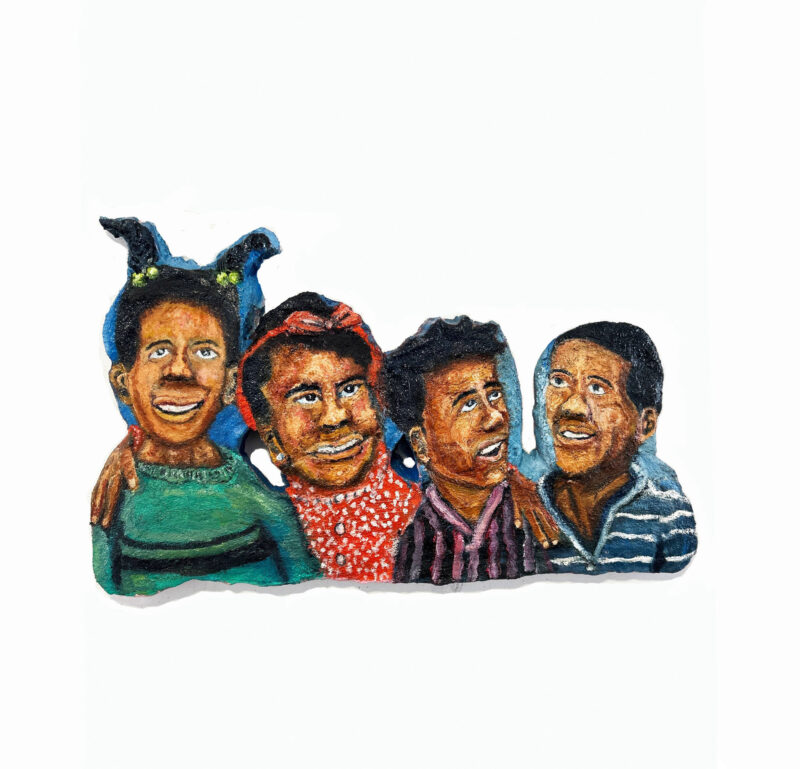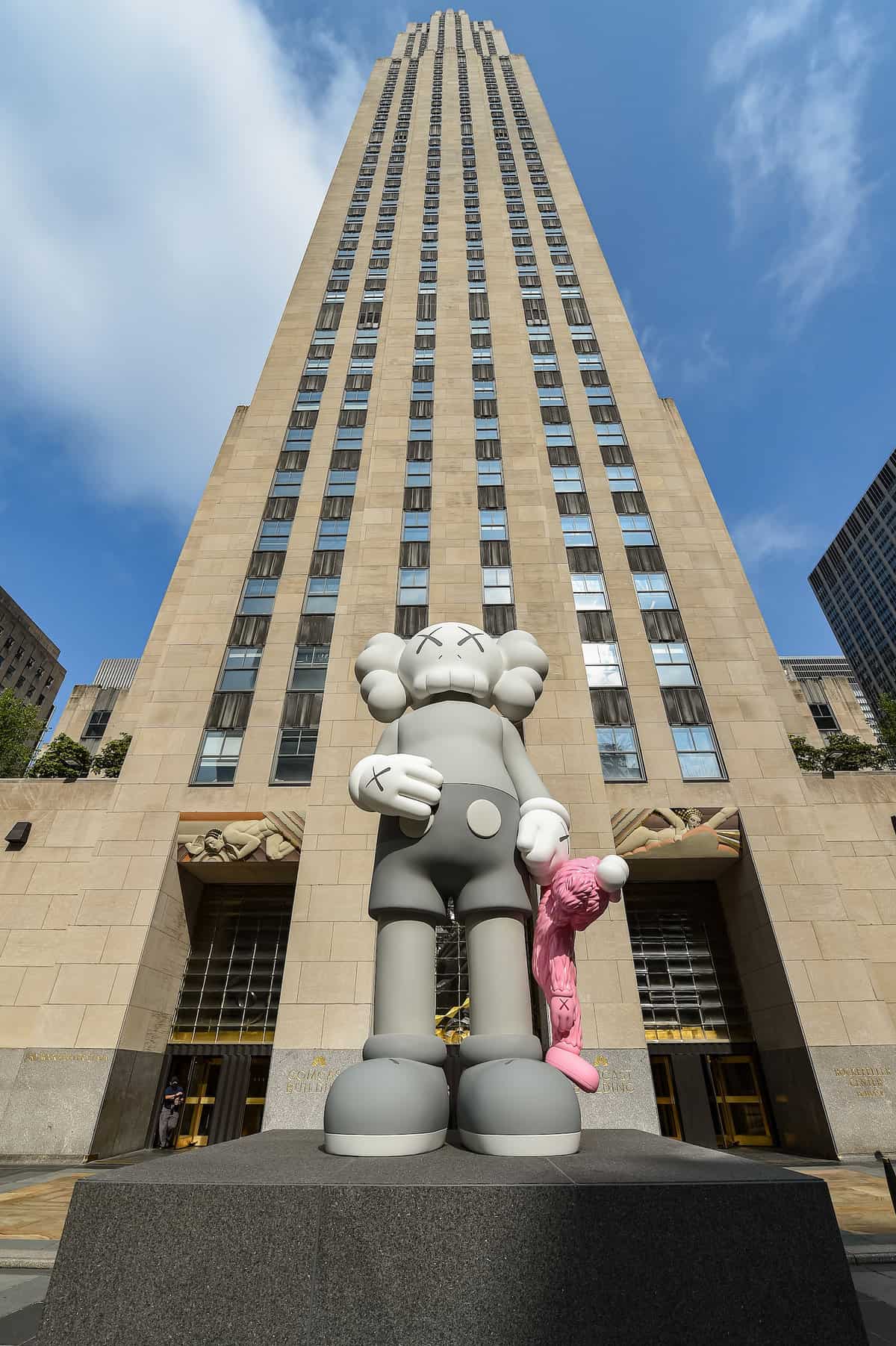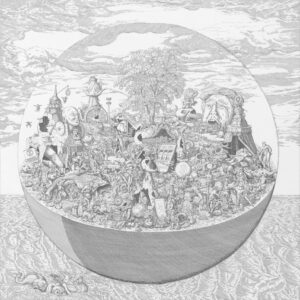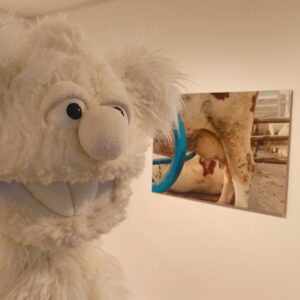On the occasion of its 200th anniversary the Brooklyn Museum will mount the immersive exhibition Solid Gold, exploring the precious yellow metal in its multifarious forms.

engaged frame. Brooklyn Museum; Gift of Mary Babbott Ladd, Lydia Babbott Stokes, and Frank L.
Babbott, Jr. in memory of their father Frank L. Babbott, 34.842. (Photo: Brooklyn Museum)
Visitors will learn about and understand the origins, artistic techniques, and expert craftsmanship of goldsmithing, and the lasting impact that gold has had across six thousand years of human history. The exhibition is curated by Matthew Yokobosky, with Catherine Futter and Lisa Small.
Solid Gold will transport visitors through the many worlds of gold, its joyful (though sometimes heartbreaking) histories, and its innumerable luminous expressions across cultures, past and present.
As a museum dedicated to bridging art and people in shared experiences, audiences will find inspiration, opening them to unexplored realms of beauty in their world.
says Matthew Yokobosky, Senior Curator of Fashion and Material Culture, Brooklyn Museum.
Organized in eight sections, Solid Gold will present historical works in visual juxtaposition and “collisions” with contemporary objects and fashions, sparking dynamic conversations across time and space. Entry galleries explore manifestations of ancient gold, pairing antiquities from the Brooklyn Museum’s collection with iconic twentieth- and twenty-first-century objects. Highlights include a large wooden sarcophagus from Dynasty 22 (945–740 BCE), which will be on display to the public for the first time in over one hundred years. The coffin is decorated with images and inscriptions painted with yellow orpiment pigments to imitate gold inlays. An extraordinary “horde” of one-hundred-eighty-one individual gold pieces from the Hellenistic period and a selection of ancient jewelry, helmets, and chainmail span three millennia of creation across Egypt, the Mediterranean coast, and the pre-Hispanic Americas, illustrating the ancient world’s fascination with the metal.
Contemporary objects echo the allure of Ancient Egypt, including the prototype of a fly necklace made for legendary actress Elizabeth Taylor for the film Cleopatra (Joseph L. Mankiewicz, 1963); couture gowns by edgy New York–based fashion house The Blonds, drawing from their “Egypt Meets Disco” collection (2016); and theatrical gowns from Christian Dior (2004; John Galliano, creative director) that blend elements of Egyptian history and Dior’s then-controversial “H-Line” from 1954. A dress by Azzedine Alaïa for Tina Turner (1989) exemplifies modern applications of draped chainmail (with pearls). Displays of gold chains continue with modern interpretations like the “dookie rope” and “Cuban links,” celebrating their popularity throughout hip-hop culture in the 1980s and onward.
The exhibition also includes a look at golden smiles as seen in ancient Panama, in the form of gold disks and facial jewelry made around the first millennium CE. Such gold smiles, for various practical and aesthetic reasons, have continued into contemporary culture in the form of grillz (also known as fronts or golds). These dialogues, created between ancient and contemporary objects, emphasize the significance that the metal plays from aesthetic and anthropological perspectives.
A section exploring the origins of gold—unearthed from diverse corners of the globe, from Nubia and South Africa to Colombia, Brazil and beyond—tells a global story of ecological transformation, environmental impact, and the repercussions on people that result from the search for this precious metal. A number of artworks, including William Kentridge’s film Mine (1991), expound on the process and impact of mining for gold. Another display centers on gold as currency and features an array of gold coins from the American Numismatic Society, taking a closer look at the process of minting and how coins were used to disseminate and propagandize images of important figures long before newspapers and social media. Because gold is immune to corrosion and decay, it is eternal. When it is melted down and reformed, gold can be as if “new again,” as shown in examples seen throughout the exhibition. Path to Nine (2024) by Zadik Zadikian contrasts this invisible history of gold with the unerasable pasts of plastic, where artifacts from prior forms remain like palimpsest.
One of the exhibition’s main galleries examines the wide array of techniques used by artisans, craftsmen, fashion designers, and others when working with gold, whether to construct objects or for applications across surfaces. In the long history of its use, gold experienced a “democratic surge” around the sixth century BCE, beginning with the invention of coinage in ancient Lydia (present-day Turkey). Access to and use of gold was no longer restricted to the upper echelons of royalty or for ritual purposes. Following centuries of alchemical experiments to replicate gold, and valueless finds like pyrite (or “fool’s gold”), the twentieth century brought technological innovations that introduced new forms of golden sparkle, such as laminated Lurex thread and plasticized sequins, which could add a twinkle to fabrics at an affordable price. Despite these modern achievements, genuine gold remained coveted for its monetary value, as well as for its aesthetic use in fine art and haute couture fashion. At Dior, Marc Bohan’s celebrated “Aladin” ensemble from 1962 was made from a fabric woven with 56% gold on a black ground, amplifying its opulence. Conceptual artist Yves Klein as well as glass artist Howard Ben Tré utilized traditional gold leaf in their works, finding that the material allowed them to explore gold’s luminance as adapted for their individual practices. Esteemed jewelry creators and artists such as Suzanne Belperron, Alexander Calder, Charles Loloma, Art Smith, and Elsa Schiaparelli explored gold as a yellow material that could hold specific shapes as well as for its ability to support and amplify gemstones.
Included in the exhibition are gold fashions and artworks from the 1920s and ’30s, such as the 1934 gold- and silver-leaf panel by designer Jean Dupas from the short-lived ocean liner Normandie, adding context when set beside important Art Deco timepieces by French jeweler Cartier. Another exhibition highlight includes the Museum’s Lunar Moth baby grand piano, restored and on public view for the first time since its creation in 1928. Designed by famed twentieth-century photographer Edward Steichen, this piano is one of only two known to exist, and is constructed of mahogany inlaid with gilded bands and mirrored tesserae.

Fifty years later, the 1970s brought about resplendent moments of gold in fashion and culture. Driven by the opulent designs of Halston, Norman Norell, and Yves Saint Laurent, the disco era celebrated abundant sequins, pavé beading, and rhinestones. Dazzling film clips from A Chorus Line (Broadway debut 1975; film 1985), which saw performers donning gold glitter tuxedos, and The Wiz (1974), featuring the parachute designs of Norma Kamali, epitomize the era. This section will culminate with the premiere episode of the television series Solid Gold (1980), featuring Irene Cara and the Solid Gold dancers bedecked in gilded ensembles delivering a rendition of her signature song “Fame.” Fashions continue into the 1980s and ’90s with couture works by Pierre Cardin, Hubert de Givenchy, the craftsmanship and “luxury sportswear” of Gianfranco Ferré, and more recent “edgy” designs by Garth Pugh, Walter van Bierendonck, and Demna, artistic director of Balenciaga.
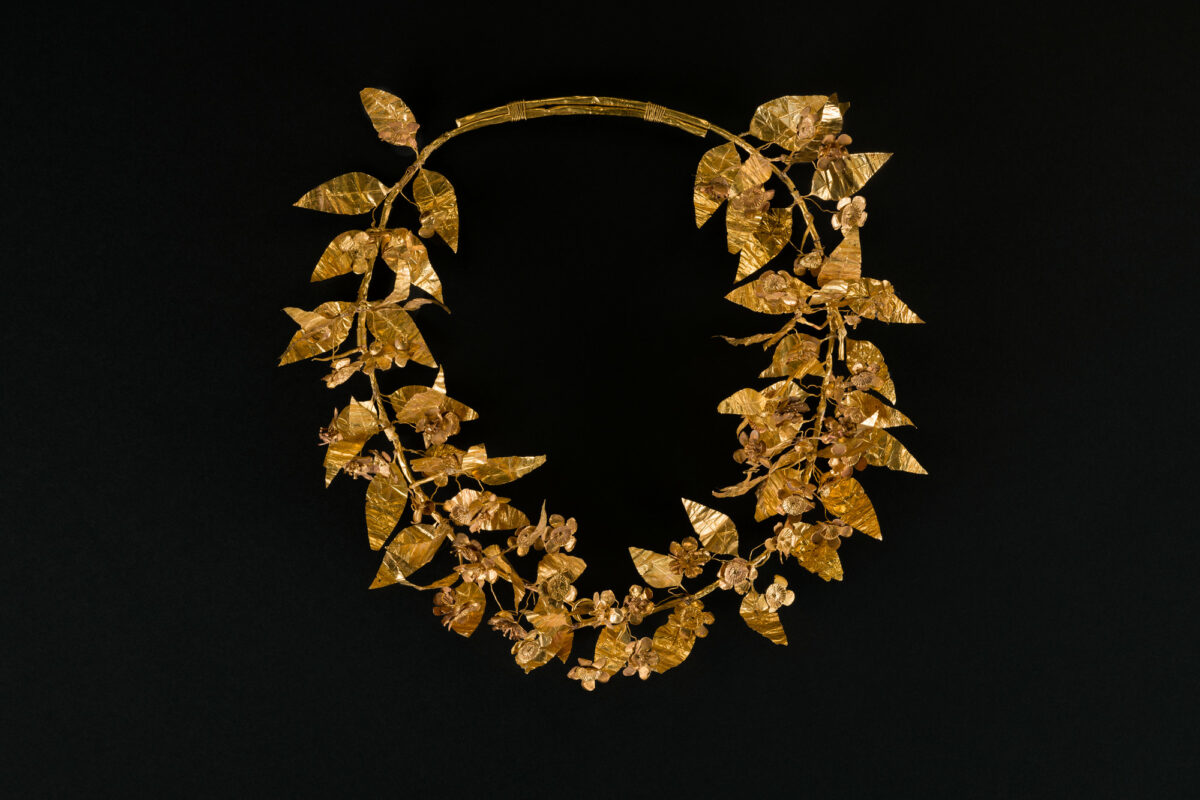
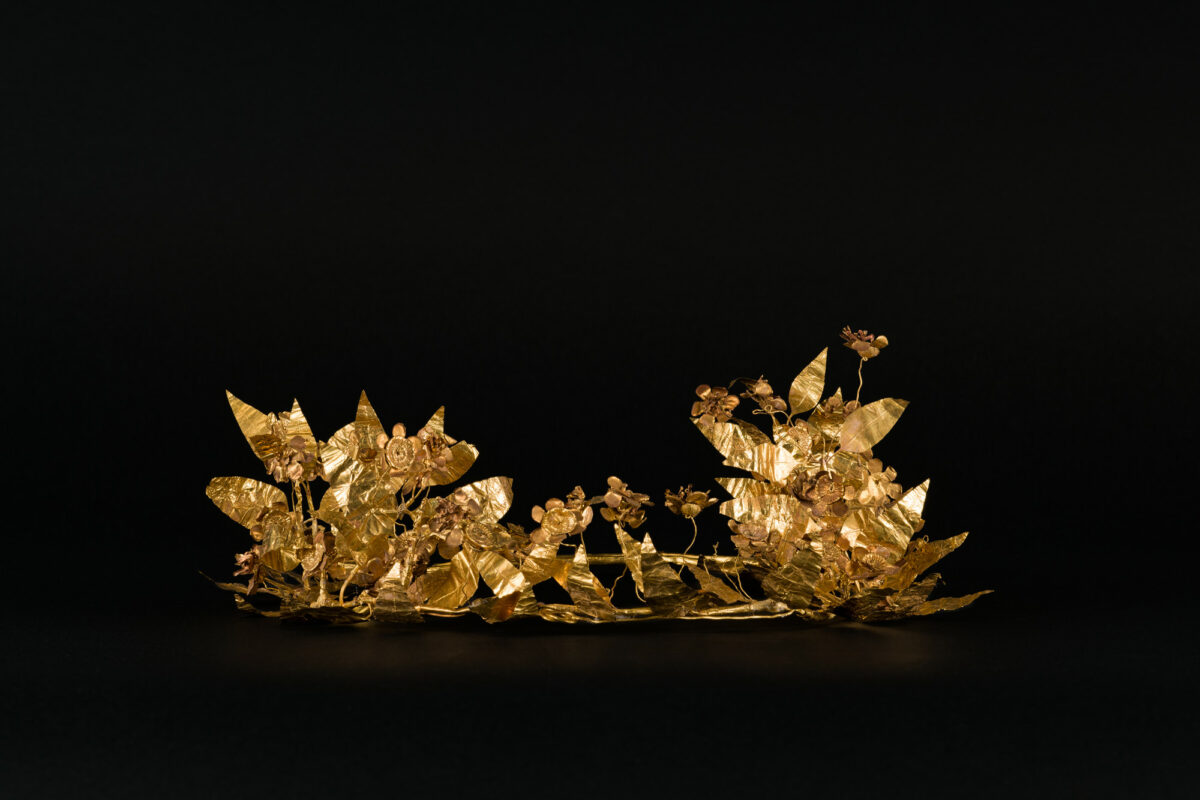
The final section celebrates gold as the universal symbol of achievement: a gold crown, a gold medal, a gold record, an Oscar, or a gold star on a report card. An ancient Greek gold laurel wreath dating to the third to second century BCE (one of only four wholly extant wreaths in the world, and a gem from the Museum’s collection) is displayed alongside modern-day crowns, such as a spectacular gold, platinum, and diamond tiara designed by Fulco di Verdura. Some gold awards are not actual gold and more symbolic, such as the gold-star flags given to the mothers of military personnel that did not return from service, as documented in photographs by Charles “Teenie” Harris, while many of the twentieth century’s most coveted gold awards are connected to performance, such as those presented to Brooklyn-born songwriter Paul Jabara for his anthemic “Last Dance” (1978). Nearby, Rashaad Newsome’s KNOT (2014) is a performance-based video shown within a golden-jeweled environment; all the performers vogue in Christian Louboutin heels and would definitely receive “10s.” To close out the exhibition, visitors will walk upon the gleaming animated gold waves by international art collective teamLab, an immersive digital experience that emphasizes the fact that like the inexhaustible waves of our oceans, gold is truly eternal.

(color, sound): 3 min., 45 sec. (continuous loop). Brooklyn Museum; Gift of the artist and De Buck Gallery
Solid Gold, November 15th, 2024–July 6th, 2025, Brooklyn Museum
